Expansion of Rental Services
The expansion of rental services is a notable driver for the light duty-telehandler market. As businesses seek to minimize capital expenditures, the rental model offers a flexible and cost-effective solution for accessing high-quality equipment without the burden of ownership. In 2025, the rental market for construction equipment is projected to grow by 8%, with telehandlers being a key component of this trend. The light duty-telehandler market industry is benefiting from this shift, as rental companies expand their fleets to meet increasing demand. This trend not only provides operators with access to the latest technology but also allows for greater adaptability in project management, further solidifying the role of telehandlers in various applications.
Increased Construction Activities
The light duty-telehandler market is experiencing a surge due to heightened construction activities across the United States. As urbanization continues to expand, the demand for efficient material handling solutions has escalated. In 2025, the construction sector is projected to grow by approximately 5.5%, driving the need for versatile equipment like telehandlers. These machines are particularly favored for their ability to maneuver in tight spaces while lifting heavy loads, making them indispensable on construction sites. The light duty-telehandler market industry is thus positioned to benefit from this growth, as contractors seek reliable equipment to enhance productivity and safety. Furthermore, the increasing number of residential and commercial projects is likely to sustain this upward trend, indicating a robust future for the market.
Growing Emphasis on Safety Standards
Safety regulations are becoming increasingly stringent in the construction and material handling sectors, which is positively impacting the light duty-telehandler market. As companies strive to comply with these regulations, there is a heightened focus on equipment that meets or exceeds safety standards. In 2025, it is estimated that compliance-related investments will account for approximately 15% of total equipment spending. The light duty-telehandler market industry is responding by enhancing safety features in their products, such as improved visibility, stability controls, and operator training programs. This emphasis on safety not only protects workers but also reduces liability for companies, making telehandlers a preferred choice in environments where safety is paramount.
Rising Demand for Versatile Equipment
The light duty-telehandler market is witnessing a growing preference for versatile equipment that can perform multiple tasks. This trend is largely driven by the need for efficiency and cost-effectiveness in various sectors, including construction and agriculture. Telehandlers are increasingly recognized for their ability to lift, move, and place materials with precision, which is crucial in today's fast-paced work environments. In 2025, the market is expected to see a 7% increase in demand for multi-functional machines. The light duty-telehandler market industry is adapting to this demand by offering models equipped with advanced features, such as improved lifting capacities and enhanced maneuverability. This versatility not only meets the diverse needs of operators but also contributes to reduced operational costs, making telehandlers an attractive investment for businesses.
Technological Integration in Equipment
The integration of advanced technologies into telehandlers is significantly influencing the light duty-telehandler market. Innovations such as telematics, automation, and improved safety features are becoming standard in new models. These technologies enhance operational efficiency and provide real-time data to operators, allowing for better decision-making on job sites. In 2025, it is anticipated that around 30% of new telehandler sales will incorporate smart technology, reflecting a shift towards more intelligent equipment. The light duty-telehandler market industry is thus evolving, as manufacturers invest in research and development to meet these technological demands. This trend not only improves productivity but also addresses safety concerns, making telehandlers more appealing to a broader range of users.


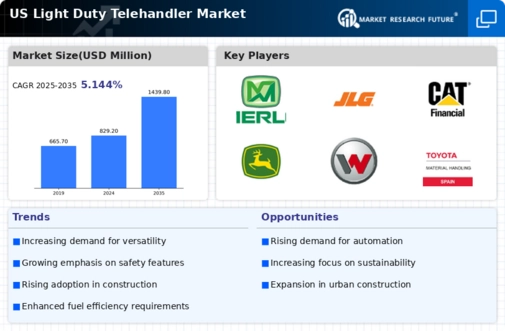
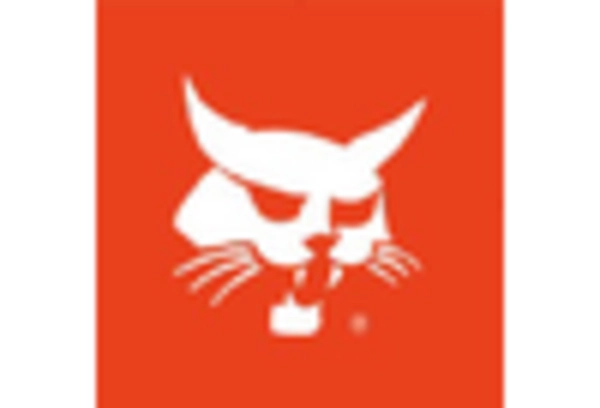
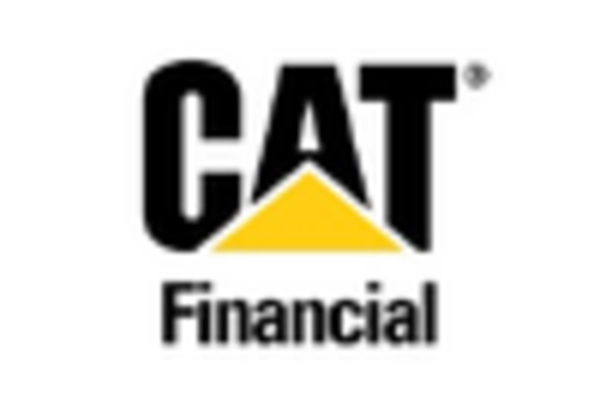
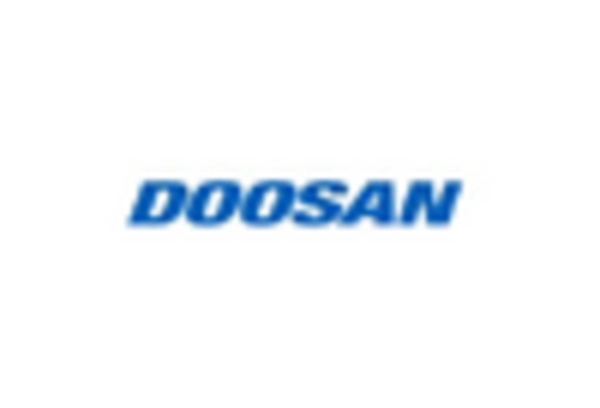
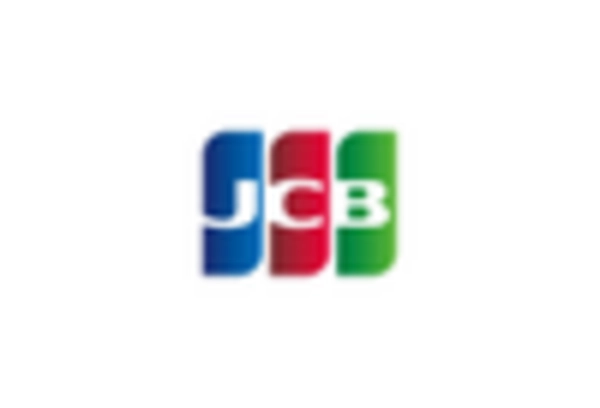
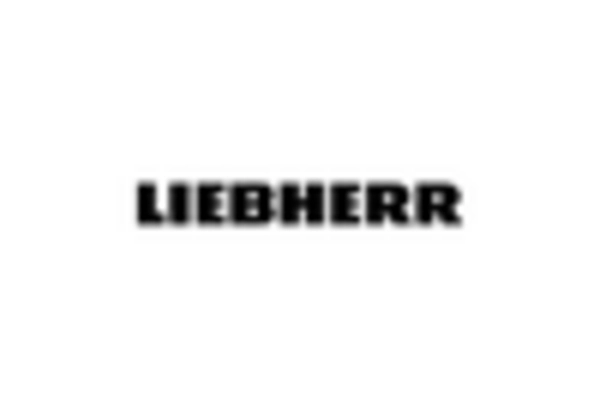









Leave a Comment